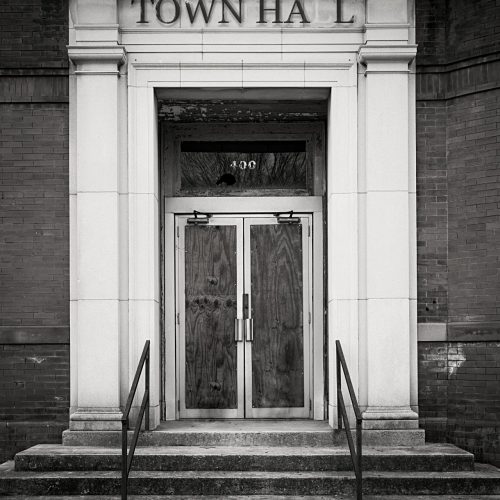I started out to make a simple point, and then it got bigger, and soon butted up against an issue that I plan to lay out here in clearer form at a later date. But in deference to the patriarchal, eurocentric linear time concept, let’s start at the beginning, shall we?
The New York Times reported a recent study that reveals a climbing recidivism rate among inmates released from prison. The study’s authors, along with a host of other experts interviewed for the article, blame inadequate rehabilitation for the increase.
Here’s another thought. Assume that criminals derive some satisfaction from their deeds. Let’s call this the demand for crime. Assume further that this demand has some elasticity, meaning that it is affected by the “price,” which comes in the form of risk-adjusted punishment (i.e., the odds of incarceration multiplied by the average time served for a particular crime in a particular state). Now we have a math problem.
Thankfully, the fine folks at the National Center for Policy Analysis have done the hard work for us. They find, by examining data on crime and clearance (the odds someone will serve time for a crime) rates, that the “price” of committing crime has dropped considerably since the 1950’s.
But here’s the catch for the claim that a declining price for crime is the cause of the elevated recidivism rates: the price started to increase in the 1990’s. Here’s where the sociologist (perish the thought!) might come to the aid of the economist. Imagine not just a price threshold confronting the potential criminal, but a moral threshold as well. This moral threshold is determined in part by how others in the community view crime. As the price for committing crime dropped from the 1950’s into the 1980’s, more and more people in some communities succumbed to the temptation. Every person who did so thereby weakened the social norms against crime in his community. Thus even after the price has started to rise, the moral threshold continues to decline.
This appears to be what happened in another area: out-of-wedlock births. Illegitimacy increased with welfare payments, but continued to grow even as AFDC was reduced, in real terms, during the early 1980’s. Most welfare experts (dominated by the hard left) pointed to this as proof that welfare doesn’t breed illegitimacy. Some bright thinkers argued, however, that the continued growth of out-of-wedlock births even after a reduction in AFDC payments was the result of a similar moral threshold erosion, precipitated by an initial erosion of the economic cost of illegitimacy.
Interestingly enough, both crime and illegitimacy display marked geographic clustering, with considerable variance even across poor neighborhoods, which is a strong sign that community norms matter. In other words, both phenomenon behave as epidemics, spreading as more and more people in a neighborhood “contract” them.
The difficulty this reality brings to those (mostly conservatives and libertarians) who want to adopt a purely economic view of crime and welfare is that an increase in the economic price of these pathological behaviors may not bring about a cure. Pandora’s box, in the form of eroded social norms, has been opened in many neighborhoods. The cost of closing it again, if we rely solely on punishment, may be extremely high, amounting to little more than transplanting entire families and neighborhoods into prisons. Absent any sort of moral or spiritual awakening, we may simply create a new way of life for these people — a brief stint in public school, a few years of wilding, and then life with friends and family behind bars.
But the state has never been good at administering moral and spiritual guidance. It has at its disposal mostly the blunt tools of economics. And now that it has, after decades of drunken liberals at the wheel, contributed to the destruction of community social norms, it may have no means of recreating them. Conservatives and libertarians, whose social prescriptions often amount to nothing beyond the reduction of government, may have little to offer as well.
This, I think, is an overlooked problem confronting libertarians especially. Our solutions are anti-solutions, namely, the elimination of government. We assume that when the cause is removed, the problem will be removed as well. I wonder if there is room in libertarian philosophy for something more.








